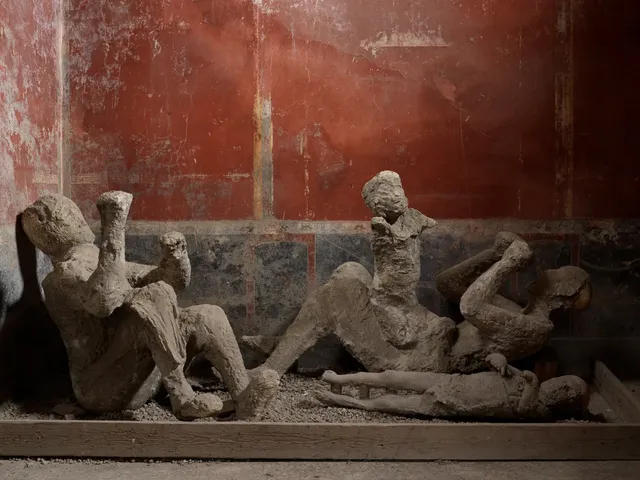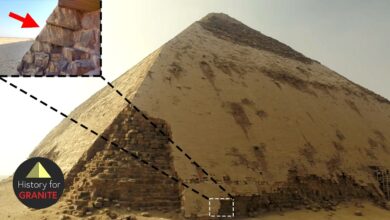The mystery and shocking truth about the Pompeii tragedy thousands of years ago

New DNA discovery reveals surprising truth about Pompeii’s embrace, dispelling centuries-old myths.
When Mount Vesuvius erupted in 79 AD, Roman cities like Pompeii were covered in thick ash. The disaster froze life, with buildings, wall paintings, and the bodies of residents buried and forgotten over time.
In the 1800s, archaeologist Giuseppe Fiorelli developed a method of casting plaster into body-shaped cavities left in volcanic ash, creating plaster casts of the dead. The method preserved the likenesses of 104 of the unfortunate people, and these plaster casts became symbols of Pompeii.

Unraveling the Truth with Ancient DNA
Recent research at Pompeii, using ancient DNA analysis techniques from bone fragments preserved in plaster, is giving us a deeper insight into the people who perished in the disaster. One of the surprising discoveries was two figures embracing, thought to be a mother and child – who turned out to be strangers.
In addition, two other bodies thought to be sisters or mother and child were also identified as two young people, one of whom was male. These discoveries not only challenge previous notions about these couples, but also show the richness and diversity of Pompeii’s residents at that time.
The DNA analysis also revealed another surprise: Pompeii was not just a typical Roman city, but also a center of diverse cultural exchange. From extensive analysis of bones and artifacts, scientists have discovered that the inhabitants here had diverse origins, part of a vast system of trade and cultural exchange during the ancient Roman period.
In addition to DNA analysis methods, 3D imaging technology and CT scans have allowed researchers to see more clearly inside the coffins and plaster casts without having to destroy them. These new discoveries not only provide valuable scientific information but also help the public better understand the lives and fates of the Pompeians.
While many other stories about Pompeii remain mysterious, recent discoveries have opened a new chapter in our understanding of the lives, deaths and cultural heritage of the city’s residents.
Recent discoveries in Pompeii not only help recreate the details of ancient Roman life but also make today’s viewers reflect on the brevity and unexpectedness of fate. Among the most famous plaster statues, many people seem to know the story behind them. However, with the help of modern DNA technology, what we thought was obvious now turns out to be just old misconceptions.
These discoveries have increased the appeal of Pompeii to the public, turning it into a living museum, taking us back in time, learning about the lives of those who once walked this land.








